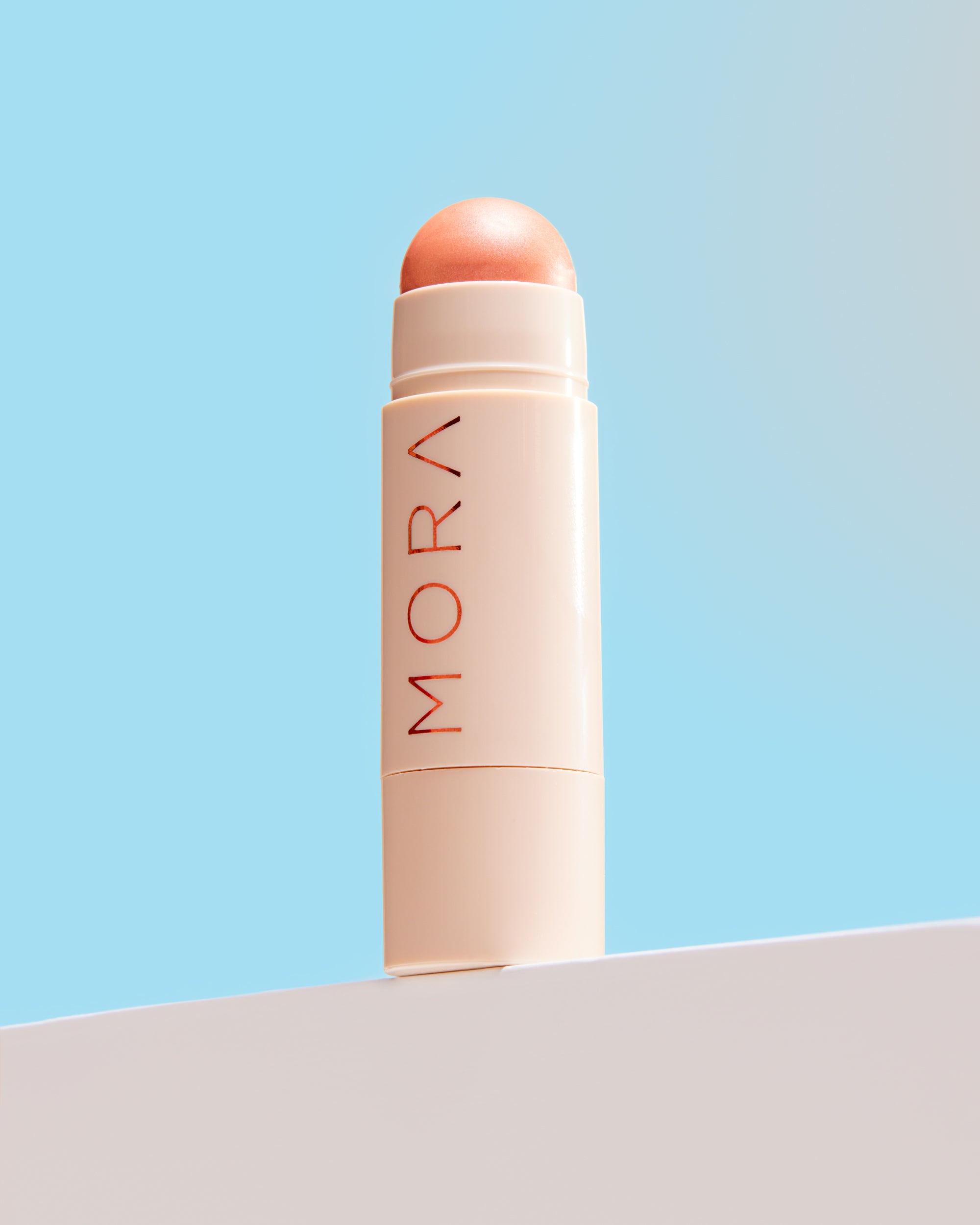Today's blog post is written by our marketing intern, Sarah Alam. Sarah Alam is a high school senior from Duluth, GA. Thank you Sarah for sharing your research on clean beauty and allowing us to share our clean beauty story.
More and more cosmetic products are being marketed as “clean” — but what does this mean?
Clean or non-toxic beauty is best defined as cosmetics formulated without chemicals known to cause adverse effects in humans.
An increasing number of consumers, especially my generation, Gen Z, are looking at the ingredients of their cosmetics to determine whether or not they will be safe to use in the long run as they strive to improve their health.
We know that clean beauty is still not clearly defined and it is causing consumer confusion. A perfect example of this is the class action lawsuit against Sephora because of a discrepancy between what consumers understand to be clean beauty and what Sephora is labeling as “clean.”
It’s hard to know where to start, and how to educate ourselves on what exactly the long names on the back of our cosmetic packaging mean. Here are some ways you can look at what clean beauty looks like and how Mora Cosmetics fully embraces clean beauty standards.
Most chemicals being used in color cosmetics have very little transparency when it comes to hazard information in the United States.
Colorants
For example, some common dyes used in cosmetics that are harmful to human health. At Mora Cosmetics, we take this seriously and actively avoid harmful colorants.
The colorants in our Satin Sheen Multistick are all ethically sourced and have low risks of causing cancer, developmental, and reproductive health problems.
Petrolatum and Paraffin
Many makeup and skincare products include chemicals meant to make skin look more hydrated and glowy. However, certain chemicals, when used for cosmetic purposes, can act as potential carcinogens depending on concentrations and sustained exposure.
Mora Cosmetics uses cocoa seed butter, sunflower seed oil, and candelilla wax in our Multisticks to help give your skin a healthy, sustainable glow.
PreservativesBHA and BHT are two common compounds used in makeup to help preserve the product due to their antioxidant properties, and are known to cause hormonal disruptions.
Formaldehyde is also commonly used under the names bronopol and DMDM hydantoin, amongst others, and is a carcinogen. Parabens, triclosan, and triclocarban are all harmful preservatives in cosmetics that can interfere with the endocrine and reproductive systems.
Fragrance
Many cosmetic and skincare products have added synthetic fragrances which can irritate skin, causing rashes like contact dermatitis, and allergic reactions. Fragrances added to cosmetics are usually simply labeled “fragrance” rather than specifying what ingredients were used to make them, which further exacerbates the problem for people with allergies or conditions like asthma.
The only fragrance in Mora Cosmetic’s Satin Sheen Multisticks contains is from the orange peel oil in its formula, which gives it a light citrusy scent, and is clearly labeled for ease of reading.
We hope this guide can be used as a resource to help make more informed decisions about what you put on your body and to help shed light on why clean beauty is such an important movement.
Clean beauty is more than just removing chemicals from makeup — it encompasses ethics, sustainability, and improving the standard of living for all of our customers and beyond. Change starts with us.


